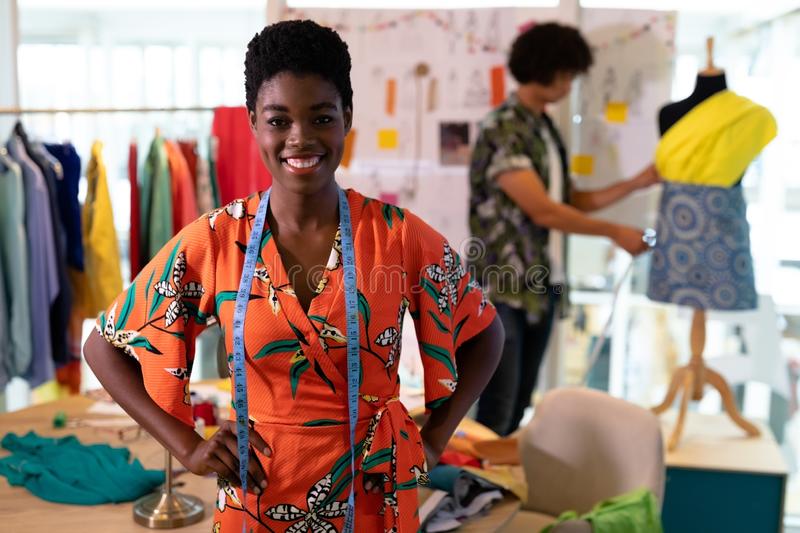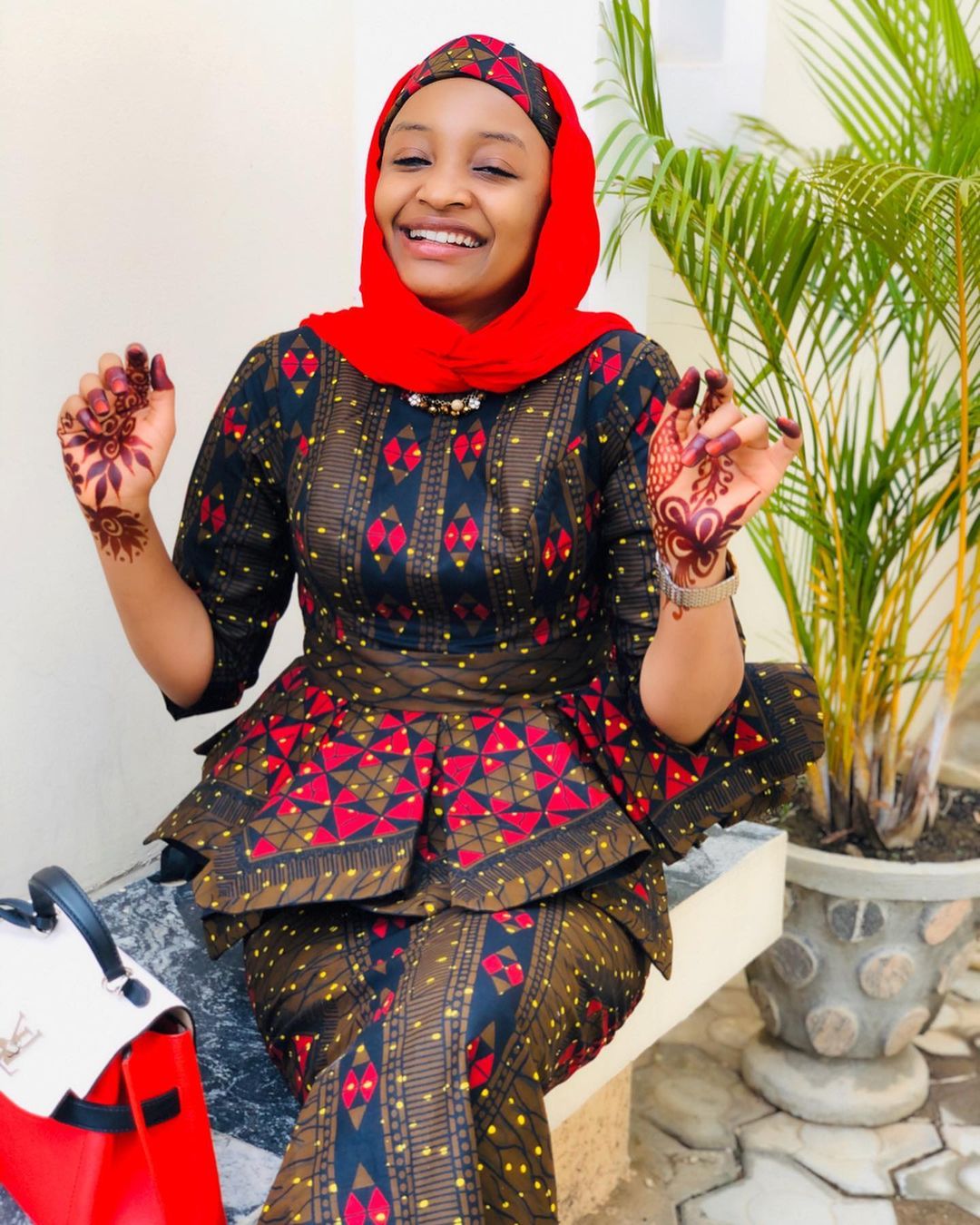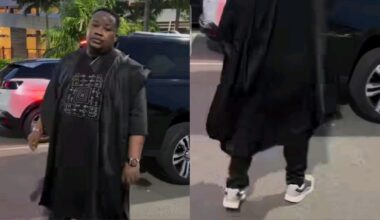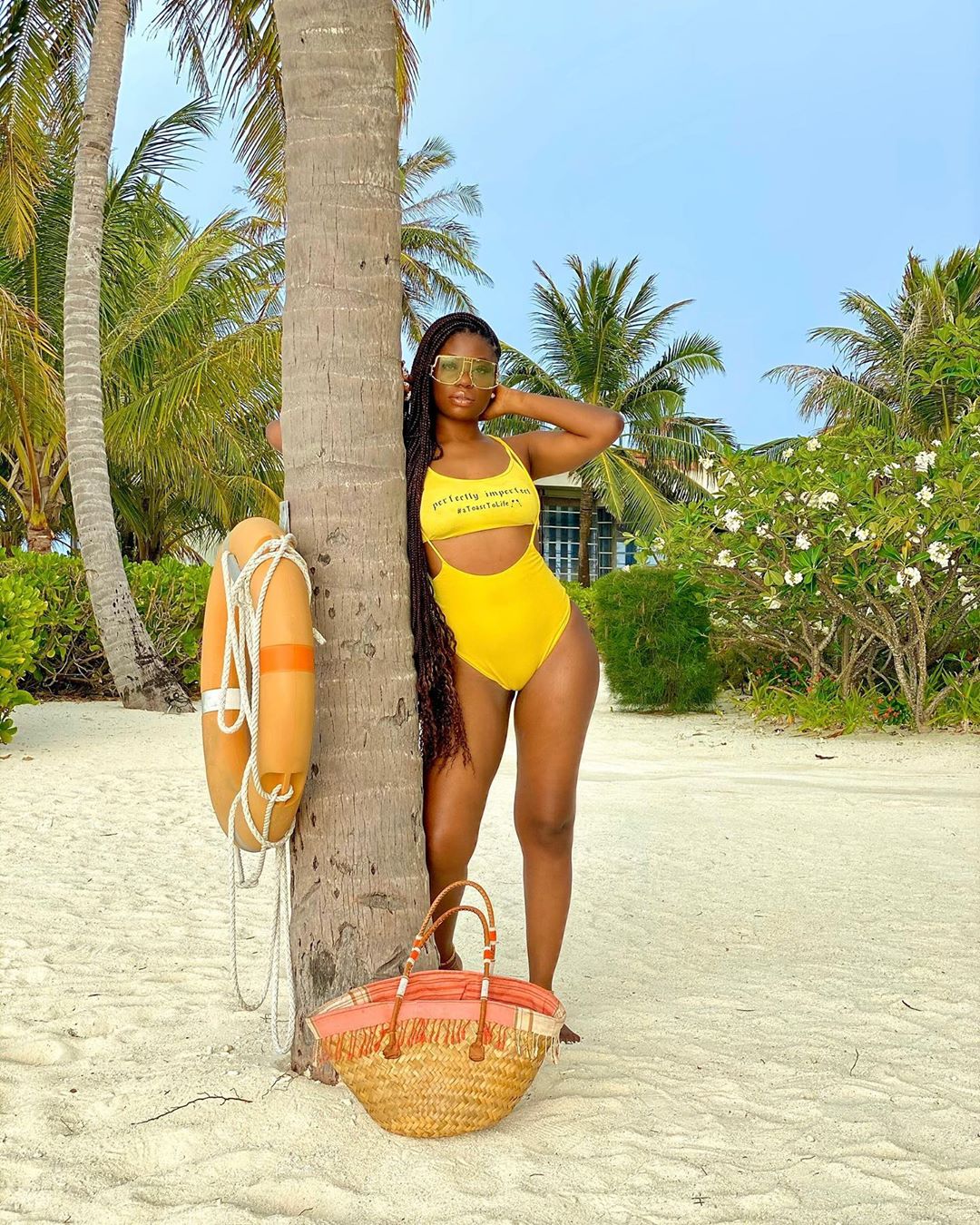Fashion design is a trade that has been around since the 1600s, when it was first used to create clothing for royalty.
There are many different career options available to people interested in this industry, including buyers, publicists and stylists. Here’s an overview of some of the different jobs that make up the fashion world:
1. Textile and Color Forecaster
The textile and color forecaster is a key member of the design team. He or she is responsible for creating fabrics, colors, and patterns that will be used in clothing designs.
The duties of this job include:
- Preparing materials (fabrics and threads) for production
- Developing new products using traditional methods and information from other sources
- Creating color schemes based on mood boards or other similar sources
2. Fashion Design Educator/Instructor
- Teaching fashion design at a college or university.
- Teaching fashion design at a high school.
- Teaching fashion design at a vocational school.
- Teaching fashion design at a community college.
- Teaching fashion design at a private school
3. Association Executive
Association executives are responsible for managing the day-to-day operations of a professional association. This includes hiring and firing staff, coordinating meetings with other organizations, organizing events and conferences, developing member benefits programs and more.
Association executives must have leadership skills as well as management skills to be successful in this position. They also need good communication skills because they interact with many different people from different backgrounds each day.
4. Independent Product Representative
This is a sales position that involves selling products to retail stores. You must be good at sales and marketing, as well as understanding the fashion industry in order to succeed in this job. You should also have excellent people skills, since you will be working with many different types of people on a daily basis. Finally, you’ll need to be able to work independently; this means being able to take care of yourself so that when things go wrong or don’t go according to plan (which happens sometimes), you won’t have too much trouble fixing things up again yourself without needing any help from others who might be waiting for your return call or email message about what happened next!
5. Technical Designer
Technical designers are responsible for creating and drafting patterns for garments. They work with a variety of materials, including fabric, leather, and even paper.
They can work for fashion houses or clothing manufacturers in both small and large companies. Many also have experience working with military uniforms as well.
6. Textile Designer
A textile designer is a person who designs fabric and yarn, clothing, and accessories. They work with textures, color, and patterns to create unique designs that are suitable for specific markets. Textile designers may also be involved in printing processes such as screen-printing or digital printing. A textile designer can have many different jobs depending on their level of experience or skill set!
7. Retail Sales Representative
Job duties:
- Help customers find clothing items that match their style and needs.
- Assist in the selection of merchandise, including choosing a style or size.
- Present products to customers in a manner that will enhance their shopping experience while ensuring they are satisfied with the product they choose.
8. Fashion Buyer/Merchandiser
- Buyers work in retail stores, buying clothing, shoes and accessories. They’re responsible for the overall look of the store.
- They make sure that there are plenty of products on hand so customers can find what they want easily.
- They also make sure that all items are in good condition before selling them to customers—a common problem is having too many returns due to poor quality materials or blemishes on clothing items!
9. Costume Designer/Wardrobe Supervisor
Costume Designer (or Wardrobe Supervisor) – This person is in charge of creating and overseeing all costumes for a film or television show. They work closely with the director and producers to ensure that each character has an appropriate costume for their role throughout production.
10. Fashion illustrator
A person who creates drawings for advertisements or catalogs that feature clothing from various brands; these illustrations can be used as part of campaigns aimed at consumers looking for new clothes each season based on current trends like denim jackets paired with leather boots!
11. Apparel Designer
Apparel designers create clothing for specific people, in specific circumstances. You can be a fashion designer if you have a passion for making clothes and want to work with your hands. The most common types of apparel design include:
- Men’s clothing
- Women’s clothing
- Children’s wear (including swimwear)
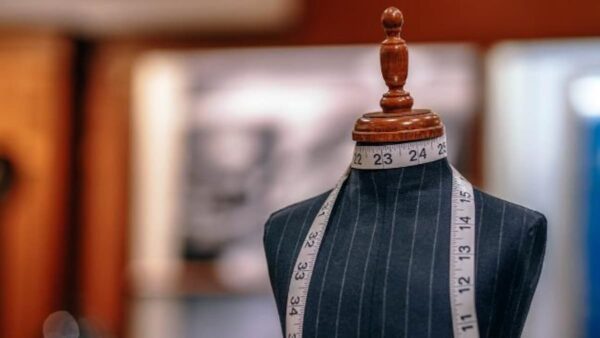
12. Fashion Stylist
As a stylist, you’re responsible for the overall look of a fashion show or photo shoot. You work with designers and models to create looks that are both stylish and practical. This can be tough because it requires a lot of collaboration between different departments:
- Stylists have to coordinate with photographers on how best to photograph the clothes in their natural light environment
- They also need to decide whether or not they want any props added during shoots (like lamps)
Stylists must establish good working relationships with their colleagues from other departments so that everyone feels comfortable enough with each other’s work that they can speak openly about their ideas without feeling like they’re hurting someone else’s feelings.
13. Accessories Designer
The accessories designer designs and creates accessories for fashion houses. They can work independently or they may be part of a larger design team.
The accessories designer has the ability to work on a variety of projects, including shoes, handbags and jewelry. They are also skilled at working with materials such as leather or fabric. The styles that you’ll see your accessory designer creating will vary depending on what you need your product to look like in terms of color palette (e.g., black and white), texture (e.g., metallic), patterning (e..g.. polka dots) etc..
Takeaway:
As a fashion designer, you will have to focus on a specific job in the industry. What is the job title? What is its description? What are its benefits? How much does it pay?
As we mentioned earlier, there are many different jobs within this field. Your primary responsibility as a fashion designer is creating designs for clients and then selling them to retailers or directly to customers through various channels such as boutiques or online stores.
Conclusion
With so many different jobs available to fashion designers, you may be wondering how to choose the right one for you. The best way to do this is by asking yourself the following questions: What is my passion? Is there a specific career path that I wish to pursue? If so, what would make me happy in that career and what skills do I need in order to excel at it?
